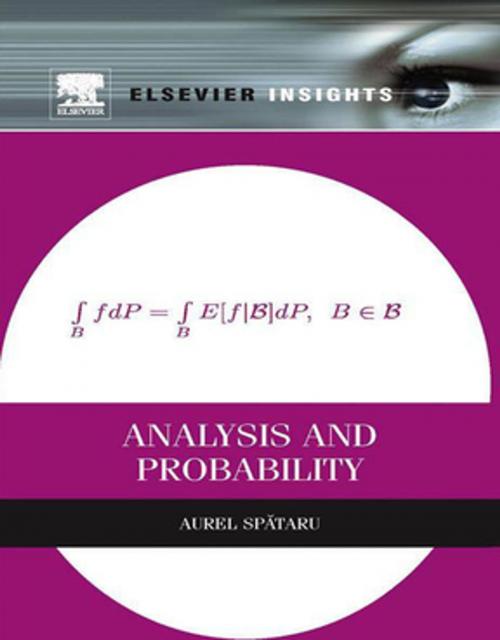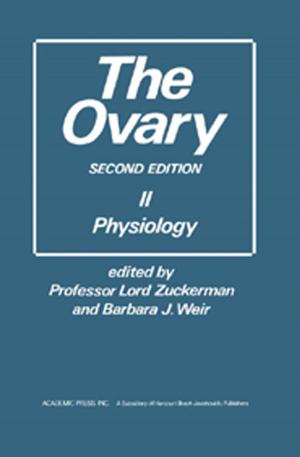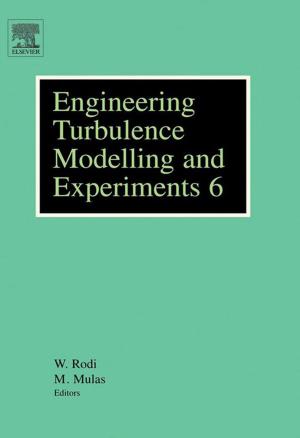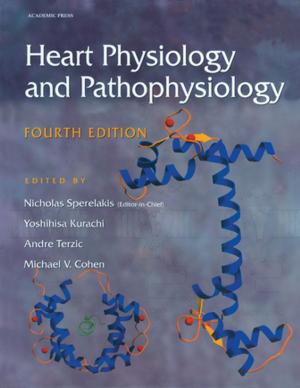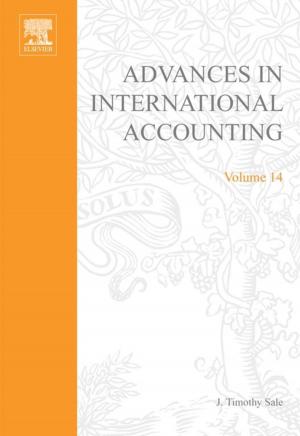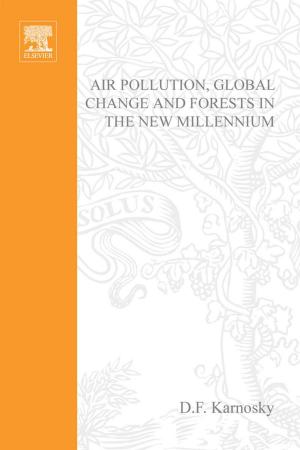| Author: | Aurel Spataru | ISBN: | 9780124017276 |
| Publisher: | Elsevier Science | Publication: | January 12, 2013 |
| Imprint: | Elsevier | Language: | English |
| Author: | Aurel Spataru |
| ISBN: | 9780124017276 |
| Publisher: | Elsevier Science |
| Publication: | January 12, 2013 |
| Imprint: | Elsevier |
| Language: | English |
Probability theory is a rapidly expanding field and is used in many areas of science and technology. Beginning from a basis of abstract analysis, this mathematics book develops the knowledge needed for advanced students to develop a complex understanding of probability. The first part of the book systematically presents concepts and results from analysis before embarking on the study of probability theory. The initial section will also be useful for those interested in topology, measure theory, real analysis and functional analysis. The second part of the book presents the concepts, methodology and fundamental results of probability theory. Exercises are included throughout the text, not just at the end, to teach each concept fully as it is explained, including presentations of interesting extensions of the theory. The complete and detailed nature of the book makes it ideal as a reference book or for self-study in probability and related fields.
- Covers a wide range of subjects including f-expansions, Fuk-Nagaev inequalities and Markov triples.
- Provides multiple clearly worked exercises with complete proofs.
- Guides readers through examples so they can understand and write research papers independently.
Probability theory is a rapidly expanding field and is used in many areas of science and technology. Beginning from a basis of abstract analysis, this mathematics book develops the knowledge needed for advanced students to develop a complex understanding of probability. The first part of the book systematically presents concepts and results from analysis before embarking on the study of probability theory. The initial section will also be useful for those interested in topology, measure theory, real analysis and functional analysis. The second part of the book presents the concepts, methodology and fundamental results of probability theory. Exercises are included throughout the text, not just at the end, to teach each concept fully as it is explained, including presentations of interesting extensions of the theory. The complete and detailed nature of the book makes it ideal as a reference book or for self-study in probability and related fields.
- Covers a wide range of subjects including f-expansions, Fuk-Nagaev inequalities and Markov triples.
- Provides multiple clearly worked exercises with complete proofs.
- Guides readers through examples so they can understand and write research papers independently.
